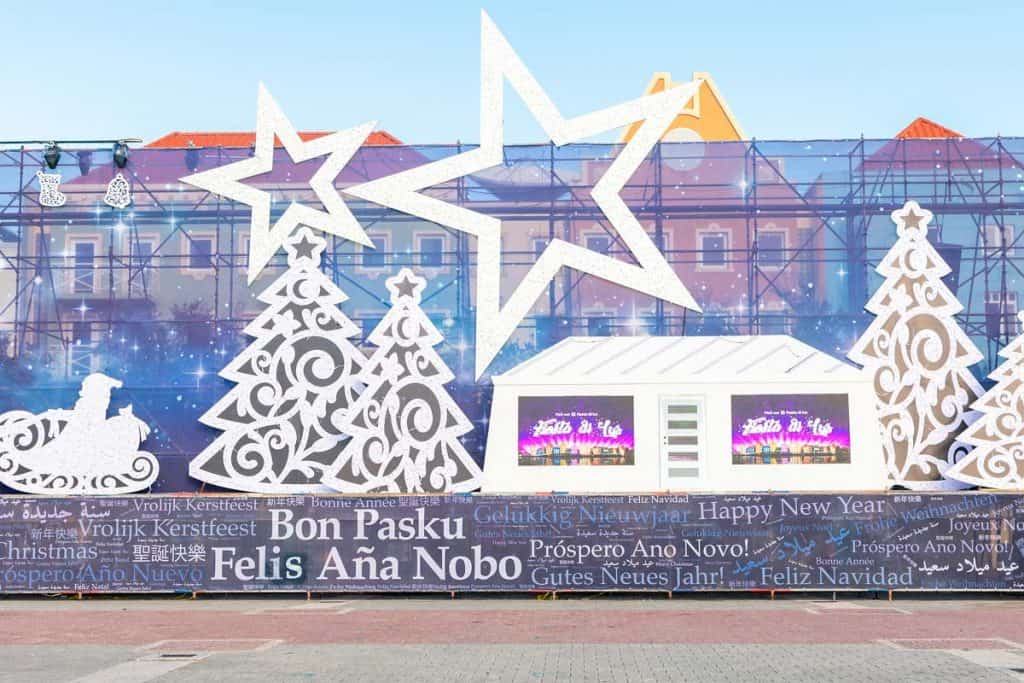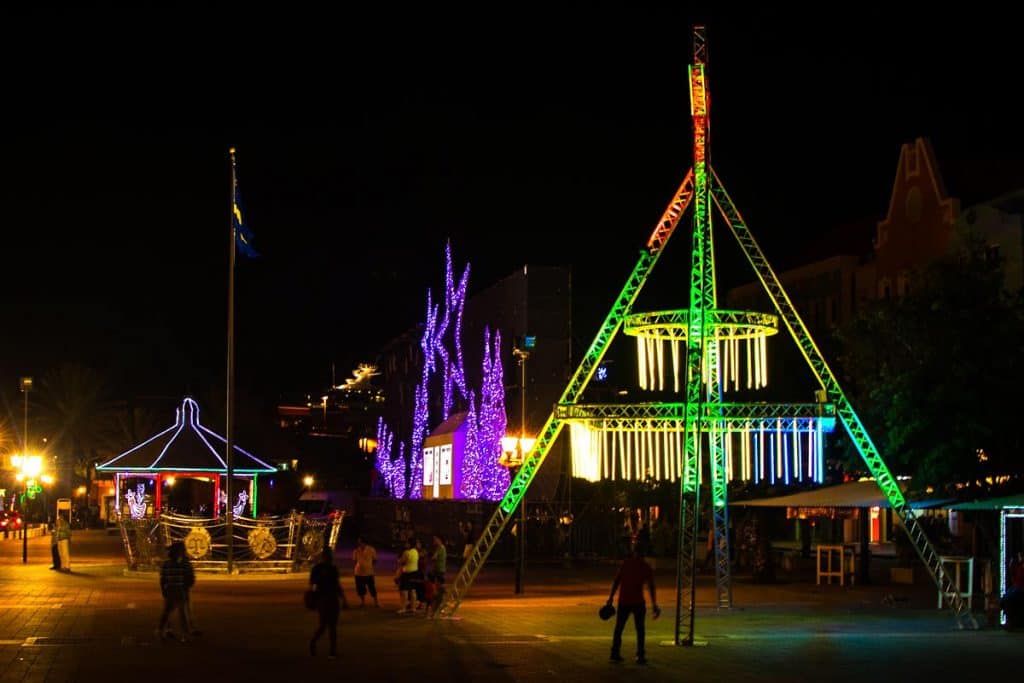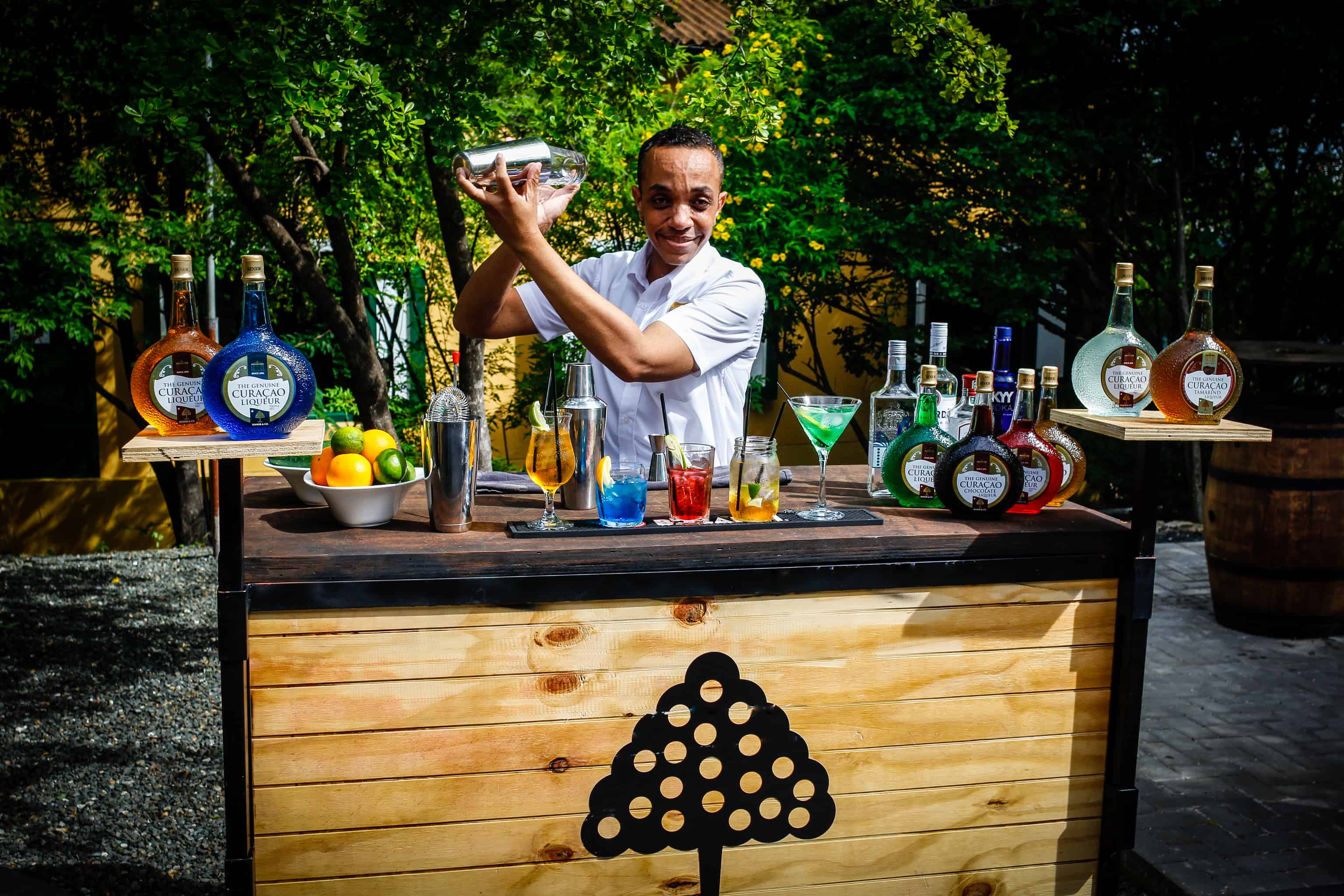Curaçao’s holidays are filled with traditions that many families enjoy. Traditions bring back memories and a nice heartwarming feeling every year again. Learn about the 5 Curaçao holiday traditions that you can experience during your holiday to make you feel like a local.
Nochebuena
Have you ever wondered where the name Nochebuena comes from? Nochebuena is Spanish for “Good Night” which refers to the night of Christmas Eve, which is celebrated every year on December 24. Christmas Eve is the evening or day before Christmas Day on which we celebrate the birth of Jesus. It is a big celebration, especially for Latin American cultures. Many families on Curaçao come together on this night. Even so, Christmas day, which is on the 25th, is really when the real celebration takes place. Family, friends organize gatherings and they enjoy the Christmas decorations and opening presents. Not all, but many people celebrate Christmas Eve by attending an annual party, Nochebuena. This party starts on December 24th at 11:59 PM (almost midnight) on Christmas Eve and lasts until sunrise! There are many parties around the island, where everyone comes beautifully dressed, where food is served and where bands come to perform. This is certainly a Curaçao holiday tradition that you can’t miss.
The Famous Ayaka!
If you have ever experienced Christmas on Curaçao, you know that the locals love to eat ayaka. Hallaca, a tamale-like dish, is a Mesoamerican dish that has various names and is known throughout the Spanish kingdoms in the Americas as far south as Argentina. Many people believe that the hallaca traveled from Venezuela to Curaçao. It’s said that it’s a dish that slaves prepared for themselves with leftovers of the meal they prepared for their landowners for Christmas Eve. Ayaka is usually made with the following ingredients: pork and/or chicken stew, capers, raisins, cashews, bell pepper, pickled baby onions, prunes, and olives. The dough is made from yellow cornmeal, in which the cooked meat and other ingredients are wrapped. Then, it is wrapped in ayaka leaves and tied with strings and then boiled to be eaten.
Brionplein Gathering on New Year’s Eve
For many years, people have been gathering on Brionplein in Otrobanda to await New Year’s Eve. It’s a very warm atmosphere in which people come together to welcome the New Year. Local bands often play, people bring snacks and drinks, they set up their tables and chairs, and enjoy the beautiful view of our floating bridge until the clock strikes 12. Locals and tourists alike all embrace this magnificent Curaçao holiday tradition. Everyone who is present enjoys the beautiful fireworks; they pop their champagne bottles and wish each other Bon Aña/Felis Aña Nobo, Happy New Year!









